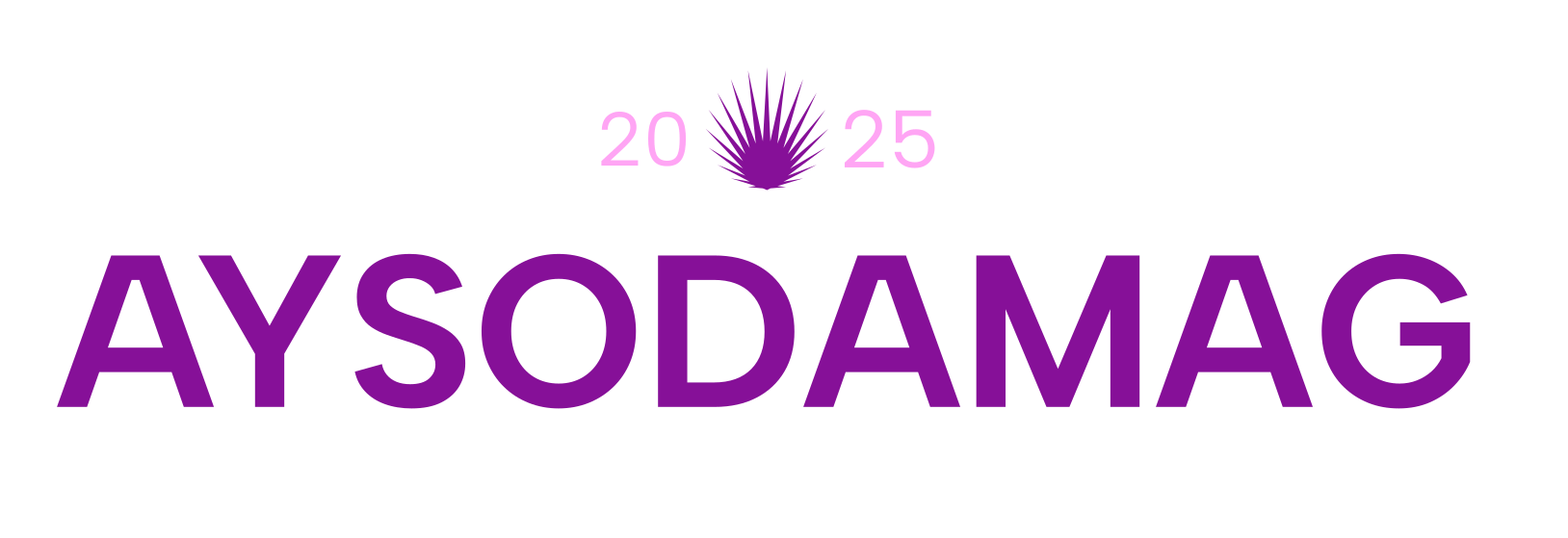If you are familiar with the cryptocurrency market, you are most likely familiar with the term blockchain. The term blockchain has become a basic and widely used concept in this field as the cryptocurrency market heats up. In this article, we intend to examine everything that is important about blockchain. So if you are not yet familiar with this term and are curious to get acquainted with the terminology of the cryptocurrency market, we suggest that you do not miss reading this article.
What is blockchain?
Blockchain is a term that is composed of the two English words Block, meaning block, and Chain, meaning chain, and it refers to a chain of digital information that is stored within the blocks of this chain.
If we want to give a general definition for blockchain, we should say that blockchain is a shared, decentralized, and distributed ledger that is made up of a chain of records known as blocks. Each block in this chain stores a type of information, including transaction records. Among the information stored in each block are the date of the transaction, the time of the transaction, the purchase amount, the seller and buyer information, etc. What is important is that the information is stored without any identity information and is done with a unique digital signature. This unique digital signature is known as a hash, which is a unique code that each block stores and is used to identify the activities carried out in the blockchain.
Types of Blockchain
Blockchain includes various categories that differ in some features and functions. Among the different categories of blockchain, we can mention public blockchain, private blockchain, hybrid blockchain and consortium blockchain. We will examine each type of blockchain below.
Public Blockchain
Among public blockchains, we can mention Bitcoin, for which there is no access restriction and everyone can become a member of the system. In this blockchain, all members can view their digital currency blockchain, including Bitcoin, and also connect to the blockchain network using their personal computers. This causes the computer to receive an updated version of the blockchain when a new block is added to the blockchain.
Private Blockchain
Unlike public blockchains, where everyone can join and access information, private blockchains have limited access to information and require approval to register and use the system. Private blockchains include corporate blockchains, where access to information such as employee salaries is not possible for everyone.
Hybrid Blockchain
As its name suggests, a hybrid blockchain is a combination of public and private blockchains. A hybrid blockchain combines the advantages of both private and public blockchains and minimizes their disadvantages. In hybrid blockchains, permission to access information and membership is issued by the controller, and the level of user activity is also determined by the controller. However, not everyone is free to enter this blockchain network.
Consortium Blockchain
Consortium blockchain is used for inter-organizational and inter-company transactions. It is a semi-decentralized blockchain where several companies or organizations can collaborate or partner with each other to create a common platform and securely exchange information.
How Blockchain Works
The way blockchain works involves four different stages. As mentioned, a blockchain is a chain of blocks containing information. Therefore, when a new block is to be added to this chain, it must go through four stages. These stages include the following:
Starting a transaction
Any transaction or trade on the network will add a new block to the blockchain. For example, if you are active in the field of buying and selling Ethereum and you plan to deposit some Ethereum to another person’s wallet, this transaction will be accompanied by the creation of a new block in the Ethereum blockchain.
To buy and sell digital currency, you must start from a reputable Iranian exchange. After choosing the desired exchange and registering, you can start trading by converting Toman to digital currency and vice versa.
Transaction Confirmation
When your request to make a transaction, such as an Ethereum transfer, is registered, the miners of the network are responsible for confirming your transaction. This transaction confirmation is accompanied by the entry of information into the system, and new information is entered into the system by thousands of computers connected to the network all over the world.
Transaction Storage
After the transaction is confirmed and the information is entered into the system, the relevant transaction is stored in a block, and when the transaction is confirmed, the amount you requested to transfer, as well as your digital signature, known as a hash, are stored in the block.
Adding a block to the blockchain
Adding a block to the blockchain is done using a hash identification code. When all transactions stored in a block are confirmed, a unique code called a hash is assigned to the block, which is added to the block to identify the seller of the transaction. Once the hash code is received, the block is permanently added to the blockchain, made available to all users, and everyone can access your transaction data.
Information that is made available to all users after a block is added to the blockchain includes the block height, the 64-digit block code (hash), the time it took to mine the block, the miner who mined it, and the block size.
What are the advantages and disadvantages of blockchain?
Like many modern technologies, blockchain technology has its own advantages and disadvantages, which we will examine below. What is important is that since blockchain technology is an emerging technology, its full potential has not yet been realized, which means that not all of its advantages and disadvantages have been explored.
Advantages of Blockchain
Let’s first take a look at the advantages of blockchain. Among the advantages of blockchain are:
Stability
One of the most important advantages of blockchain is the high stability of information. In other words, once blocks are confirmed and added to the chain, it is very difficult to change or delete them, which makes it very smart to record information and store financial records and other data in the blockchain. In fact, all changes made to the chain are distributed in a digital ledger and are publicly recorded, which makes it easy to track information. The stability of blockchain causes many companies and organizations to use blockchain in their business to prevent illegal actions. In fact, in the blockchain of a business, all financial records and transactions are recorded, which makes it difficult to carry out illegal transactions.
Distribution and high resistance to technical failures
As mentioned, the information stored in the blockchain is stored by thousands of devices and computers around the world, which makes the system and the information stored in it resistant to malicious attacks and technical failures. All nodes in the blockchain can replicate themselves and store a copy of the information they store inside, which means that there is no central point whose failure can cause the entire system to fail. Therefore, a problem in any node does not affect the security and accessibility of blockchain technology.
P2P exchanges
All blockchain users have access to all the information stored in it, and blockchain participants can also exchange information. Since the information exchanged between users is recorded, the blockchain and the network become stronger as the number of participants increases. Since in P2P exchanges, also known as peer-to-peer, the nodes are not connected to the main server, as a result, the safety of the technology is increased, intermediaries are eliminated, and the stability of the network is also increased. It should be noted that in such situations, each node in the network can act as a server and a client at the same time.
Trustless system and no need for intermediaries
In blockchain, there is no need to know the parties to the transaction during transactions, and on the other hand, there is no intermediary for the transaction. The reason for this is that in the distributed network of nodes, transactions are made through extraction or mining, which makes blockchain usable as a Trustless system or a system without the need for trust. This feature reduces the overall costs related to transactions and eliminates the possible risks of trusting an organization or intermediary.
Disadvantages of Blockchain
Now it is time to examine the disadvantages of blockchain. The disadvantages of blockchain include the following.
51% Attack
One of the most important risks that threatens the blockchain network and is known as one of its disadvantages is the 51% attack. A 51% attack means that if an entity can acquire more than 50% of the network’s hash power, it can change network data or delete the network. However, since the security of the network also increases as it grows, no 51% blockchain attack has been successful so far. On the other hand, if this attack is successful, it is only possible to change new transactions.
Difficulty in modifying data
Another disadvantage of blockchain is the difficulty in modifying data after it has been added to the blockchain. Changing the code or data in the blockchain is very difficult and requires a hard fork. This also happens when a chain of blocks separates from the main chain and starts operating independently.
Low efficiency
Since the mining process in the blockchain is very competitive, this technology is very inefficient. For example, in the Bitcoin blockchain, there is only one winner every 10 minutes and other miners do not make a profit.
Private keys
Among the disadvantages of blockchain, we can mention the private key, which is actually a unique code for each user. If a user loses their private key, they also lose all their capital.
Storage
As mentioned, the distributed blockchain ledger becomes very large over time and with the increase in participants, its volume also increases. As a result, the blockchain space also increases. Despite the high growth of blockchain, its volume exceeds the capacity of hardware drives in a short period of time. The enlargement of a ledger for downloading and storage may be associated with the risk of losing nodes.
Blockchain at a glance
Blockchain is one of the new and up-to-date technologies in the world in the field of digital currencies, which means a chain of digital information that is stored within blocks of a chain. Various information, including transaction records, is stored in the blocks of a blockchain, which keeps the information safe. Blockchain includes various types and can be used by all users. Like many emerging technologies, blockchain also has its own advantages and disadvantages, which users can decide to use or not to use this technology by examining these advantages and disadvantages.

